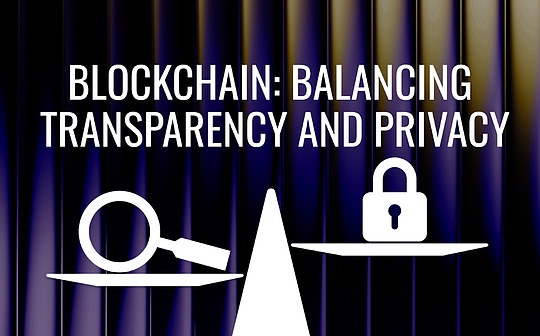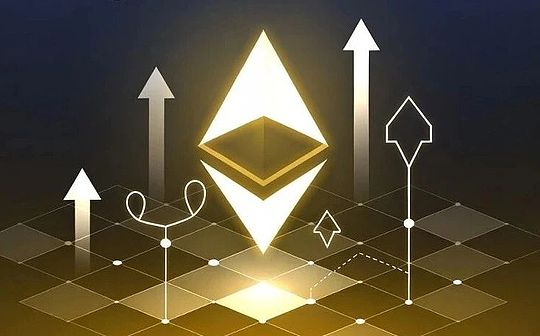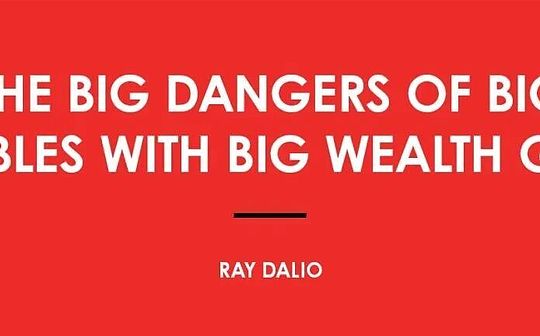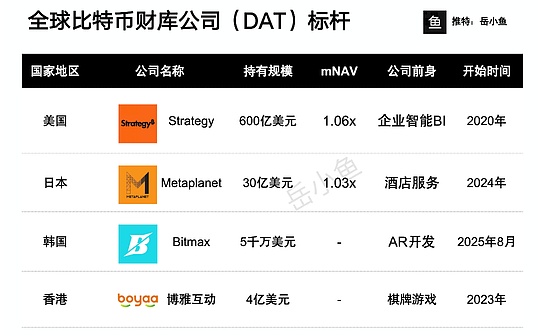
Source: Blockchain Knight
According to Token Terminal, as of May 21,Active loan scale in decentralized lending applications climbs to a record high of $23.723 billion.
at the same time,TVL for the DeFi ecosystem fell 6.4% from its January 31 level, and January 31 is the day before former US President Donald Trump formally proposed his import tariff proposal.
The surge in outstanding loans continued the expansion trend since early April, when lending markets regained momentum as the broader Crypto asset prices rebounded.
Token Terminal data shows that the total loan size has increased by about $8.5 billion since April 8, driven by deepening liquidity in Aave, Morpho and Compound.
The active loan scale of $23.723 billion is about $3 billion higher than the previous cycle peak set in December 2021, highlighting the growing role of licenseless credit in Crypto native trading, leveraged staking and basis trading strategies.
DefiLlama’s global dashboard shows that DeFi’s TVL was $180.4 billion as of May 22, just 6.4% lower than the $192.8 billion TVL registered on January 31.
This benchmark is important.It happened the day before the White House confirmed the signing of an executive order to activate new import tariffs, and these tariffs are currently in a 90-day suspended period.
The official announcement of the tariff plan prompted BTC prices to gradually fall by 27% from February 1 to April 8, and hit the lowest price level this year on April 8.During the same period, the TVL of the DeFi ecosystem also fell by nearly 36%.
In addition, collateral, mainly composed of Ethereum, pledged ETH derivatives and stablecoins, also shrank accordingly, bottoming out to about $110 billion in mid-March.
The rise in loan balances suggests a growing demand for leverage among professional traders.Many people borrow stablecoins to fund positions that are long on Bitcoin and Ethereum, or capture basis trading and liquidity Mining gains.
However,The collateral for these loans is the net result of lending activity in the standard TVL calculation.
Therefore, the simultaneous increase in borrowing and collateral withdrawals may lead to a flat or even decline in overall TVL, while credit activity is accelerating.This once again confirms the scenario of on-chain leverage operation using lending agreements.
Loan yields also play a role.Since April, the average annualized deposit rate of USDC on Aave and Morpho-Aave has been fluctuating between 6% and 8%, much higher than short-term U.S. Treasury yields.
This has prompted stablecoin deposits to shift from passive reserves to lending pools.Higher utilization drives the rise in loan balances, but has limited impact on TVL, as stablecoins usually enter the protocol at a 1:1 dollar ratio.
The record-breaking active loan size of $23.723 billion and the 6.4% TVL gap suggest that market demand for credit is accelerating even if the total collateral scale is still slightly below its peak at the end of January.







